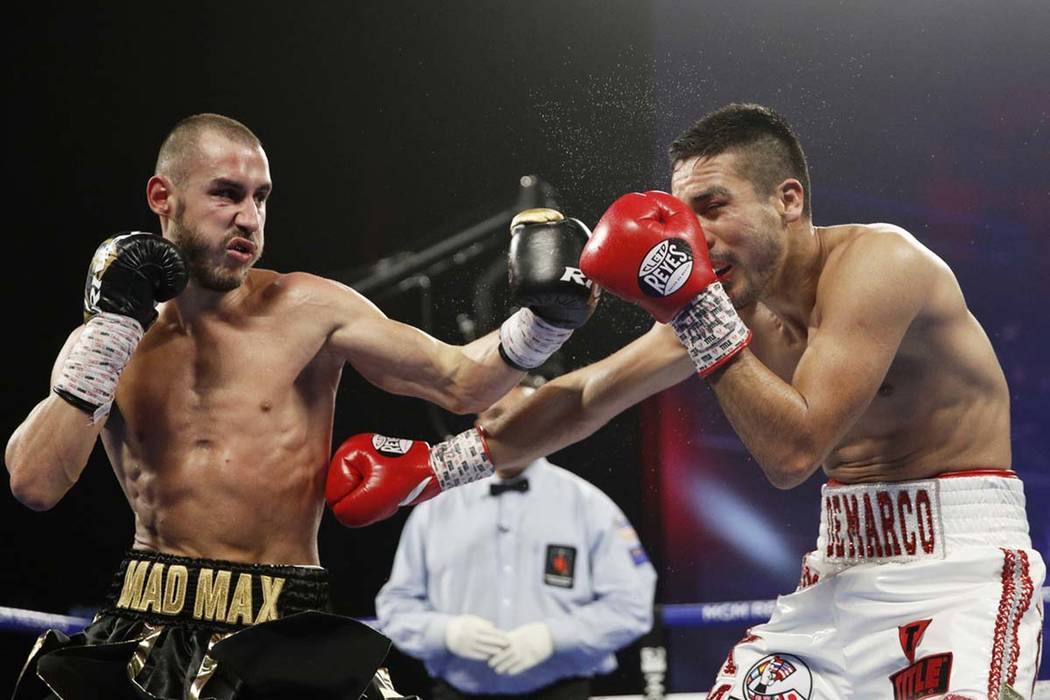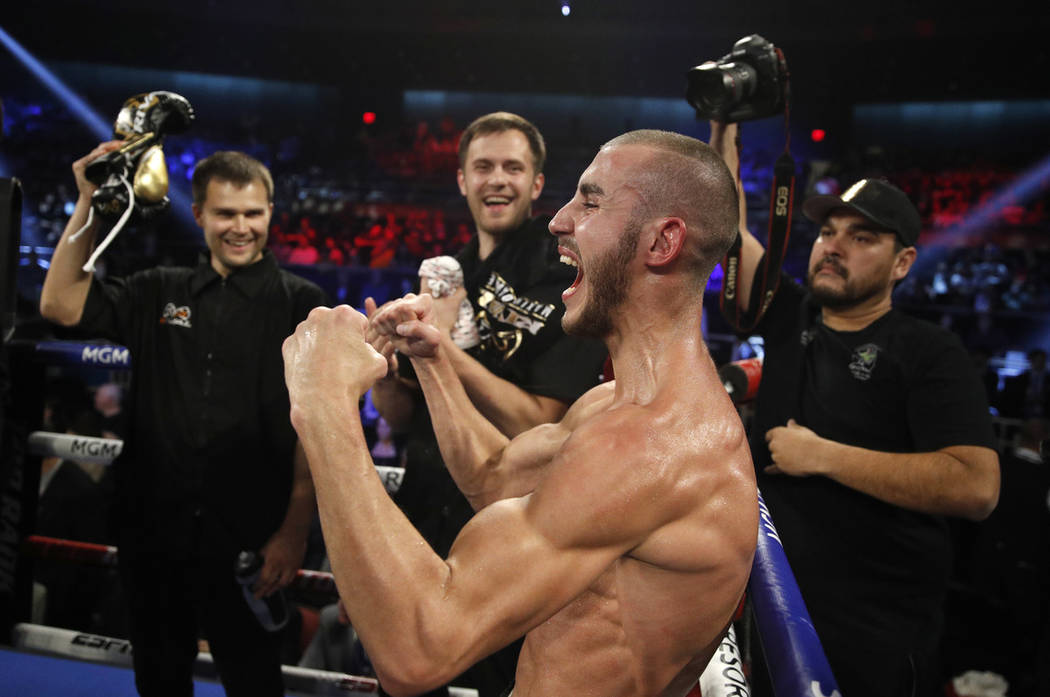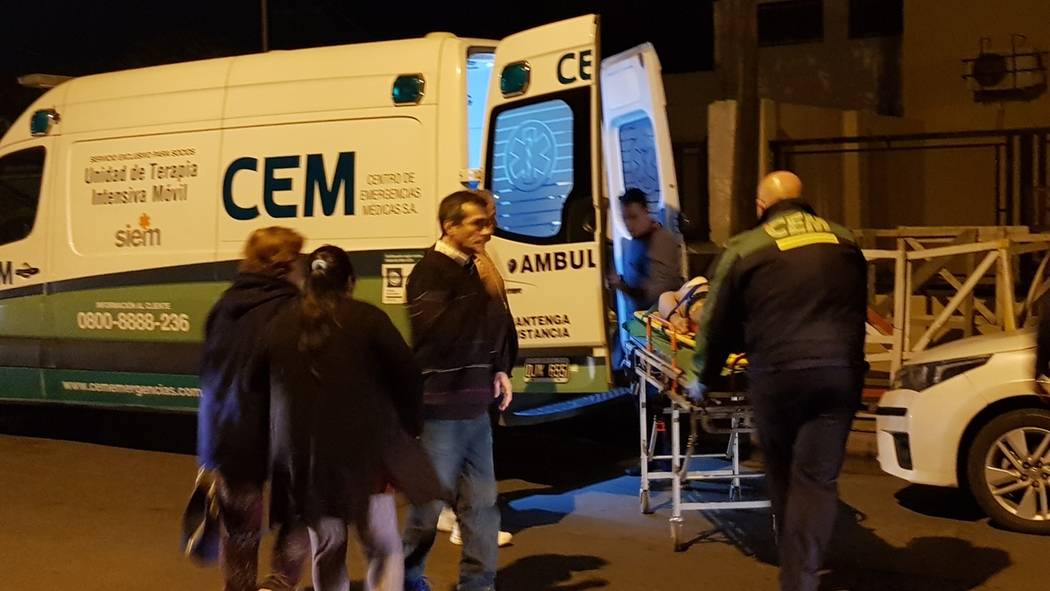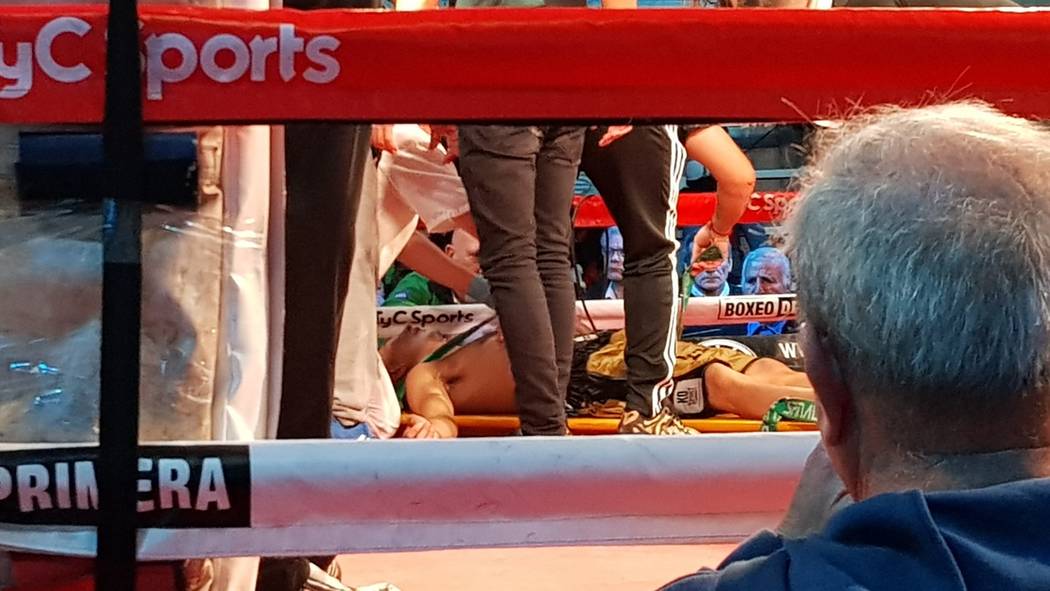Steps can be taken to increase the safety of boxers in the ring
Following the death of two professional boxers in the past week from brain trauma suffered during sanctioned bouts, the spotlight is again on what can be done to make the combat sport safer.
Russian boxer Maxim Dadashev died Tuesday from brain injuries suffered during an 11th round technical knockout loss July 20 while Argentine Hugo Alfredo Santillan died Thursday from injuries suffered in his July 21 bout.
These tragedies follow the hospitalization this year of two other fighters due to brain trauma.
Dr. Charles Bernick, associate medical director of the Cleveland Clinic Lou Ruvo Center for Brain Health in Las Vegas, has spearheaded a study on fighters and brain health for the past eight years. The study includes over 800 participants taking part in a broad range of tests annually.
The study being carried out in Las Vegas is more focused on long-term effects on combat sport professionals, but the pair of deaths could be a wake-up call for those involved in the sport to take action, Bernick said.
“They’re not that common,” Bernick said of boxing deaths, “but they are of course tragic and disastrous when they happen. I think the boxing world does need to pay attention to this.”
One way to combat fight-related deaths tied to brain injuries is to have uniformity in how the sport is regulated, regardless of the jurisdiction, Bernick said.
Nevada is known as one of the strictest states when it comes to licensing bouts, and developing a basic list of requirements that must be met to fight in any place is needed, Bernick said.
“There needs to be a more consensus policy that would cover all the geographical areas that people fight,” he said.
A pair of tragedies
Since 1994, six boxers have died from fight-related injuries in Las Vegas. But a boxing-related death hasn’t occurred here since 2005, when Leavander Johnson died at University Medical Center from a brain injury he suffered in a bout at MGM Grand.
Johnson’s death was the second boxing death in Las Vegas that year, as Martin Sanchez died earlier from brain trauma following his bout at The Orleans.
Dr. Timothy Trainor, consulting physician for the Nevada Athletic Commission, said no deaths have occurred in the past 14 years in part because of changes made following the pair of tragedies in 2005.
“From those two deaths our commission here took those very seriously,” said Trainor, who’s been in his role with the NAC since 2007.
Among the safety changes made, Trainor said, was adding four ringside physicians at each fight — two in each corner — with mandatory in-ring post-fight assessments of all fighters.
“Looking at them immediately instead of waiting until they’re back in the locker room five to 10 minutes after a fight, I think that helps, because (we) can address any concerns immediately,” he said.
In addition, the size of gloves fighters weighing between 135 pounds and 147 pounds were allowed to wear was increased from eight ounces to 10 ounces.
Fights have been called off, even up to the day before one was set to take place, because the NAC had a health concern for a fighter, Trainor said.
Trainor said some preliminary talks have been had with other jurisdictions about uniformity, but not all of them have the same kind of resources Nevada has dedicated to combat sports.
Recognizing warning signs
Brain injuries suffered by boxers that can lead to death are the result of subdural hematomas, Bernick said.
“Bleeding on the brain,” he said. “They cause pressure in the brain and then swelling. For people, when it becomes fatal there’s usually no way to control the swelling to that acute injury.”
A blood clot can be removed from the brain, but the swelling can be tough to control, Bernick said.
Trainor said better recognition of warning signs that a fighter could be suffering from a brain injury is needed by all involved in the promotion of a fight — not just a fighter’s team.
“The most obvious one is loss of consciousness. If someone has lost consciousness, they obviously have a brain injury,” he said. “Other things that are less obvious: dizziness, if they are incoherent or slurred speech. Certainly checking their eyes and the reaction of their eyeballs. Those are some of the things to look for.”
With outside influences such as enthusiastic crowds, sports wagering and television broadcasts, fights that should likely be stopped sometimes are allowed to keep going, Bernick said.
“The No. 1 goal is safety in the sport and I think there can be a balance and compromise of what are the signs of somebody that’s really had it and is at risk of being knocked out and stopping the fight before then,” he said.
In Nevada, a doctor can’t stop a fight but a referee can. A referee can halt a bout to have a ringside physician step in and assess a fighter. If a doctor advises the referee that they don’t think the bout should continue, it’s more than likely the referee will stop the fight, Trainor said.
A rapid assessment of a fighter who took a large volume of punches or was knocked down or knocked out in a fight can help save lives as well.
With four ringside physicians at every combat sporting event in Nevada, all fighters are assessed immediately following the conclusion of a fight. Also, any fighter who loses consciousness in a fight is sent via ambulance to the hospital where a CT scan is likely to be administered to ensure the fighter doesn’t have brain trauma, Trainor said.
With the technology and knowledge about what causes in-ring deaths, Bernick said there is no reason why another one should occur.
“There should be no ring deaths,” he said. “That’s our goal.”
Contact Mick Akers at makers@reviewjournal.com or 702-387-2920. Follow @mickakers on Twitter.






















